Jul 18, 2025
Author:Lisa Martinez

Bombay cats display strong though refined bodies, amber-bronze eyes, and glossy onyx coats that make them distinct. However, it becomes worrisome when your formerly lively Bombay begins adding weight and transforms into a chunky companion.
Heavy cats may develop serious medical complications, which can lower their well-being and shorten their lives.
This article will discuss the causes of excessive weight gain in some Bombay cats, the associated hazards, and safe weight loss techniques for your fat Bombay cat.
This cat weight loss guide will equip you with all the information you need, regardless of whether you're a first-time pet owner or someone who is dealing with an overweight cat.
A standard Bombay feline is mid-sized and holds a lean, toned shape. Individuals occasionally link them to tiny panthers due to their appearance, energy and spirit. However, you'll observe changes in these traits when a Bombay cat gains weight:
● Body type: rounder, with a sagging belly when walking.
● Movement: Reduced playing, running, and leaping.
● Breathing: After a brief action, there is heavier breathing.
● Spine and Ribs: Under fat layers, the spine and ribs are more challenging to feel.
Your Bombay feline might appear overweight or plump if you observe they're growing less mobile and increasing fat around their chest or abdomen.
Your once-slender and cheerful Bombay may add surplus pounds for several causes. The primary phase in aiding your chubby Bombay return toward a bright, thriving lifestyle starts by discovering what’s causing the issue.
Cat obesity tends to arise progressively and is typically caused by surroundings, habits, or inherited influences. Below is a deeper overview of the common reasons Bombay cats grow heavier:
The leading cause of obesity in cats, particularly in Bombay, is overfeeding. Many pet owners overfeed their cats unknowingly, particularly if they are free-feeding (leaving food out all day).
Your cat will still gain weight even if meals seem light, especially when consuming more food than it expends. Additionally, snacks may provide an unseen source of excess calories. Even small but extra snacks may notably boost your feline’s calorie totals.
It’s crucial to keep portion directions tied to your pet’s size and life stage. Refrain from offering scraps from dinner dishes; instead, use a measured scoop for each portion.
Although known for their activity and playful nature, Bombay cats, like indoor companions, may become sluggish without proper mental stimulation. Your Bombay burns fewer calories and stores extra energy as fat without frequent movement.
Cats staying inside exclusively are especially vulnerable to inactivity. Without engaging toys, climbable spots, or chasing games, their bodies lack stimulation. This inactive routine heightens obesity dangers.
Protip: Dedicate 15–30 minutes routinely for motion. Present toys like rattling orbs, feather wands, or light lasers to stimulate activity.
Spaying or neutering could mildly lower metabolic speed yet remain vital in stopping unwanted breeding and improving overall vitality. Post-surgery, Bombay may retain calories more easily unless food habits adjust.
To counter this, update their diet after surgery. You may reduce servings or select food made for neutered cats. Always consult your vet before making any changes.
Quick weight spikes can also arise from offering your Bombay feline the wrong variety of food. Many food choices don’t satisfy cats’ dietary standards—they’re loaded with artificial components, bulking agents, and carbohydrates.
These choices often hold high calories while lacking valuable nutrients, even though they may seem cheap or convenient. A menu rich in protein, balanced with fat, and reduced in carbohydrates remains vital for sustaining a healthy Bombay.
Always inspect the packaging since their physiology thrives on essential nutrients derived from meat. Products listing corn, soy, or meat leftovers as primary ingredients should be avoided—opt instead for genuine meat sources like poultry or fish.

A hidden medical concern might, at times, explain why a Bombay becomes overweight. Although eating routines appear stable, ailments like Cushing’s condition, sugar issues, or thyroid disorders may trigger abrupt or steady mass gain.
Hormonal changes might lessen digestion or increase appetite past regular levels. If your pet abruptly gains fat, reveals a swollen midsection, or shifts mealtime or behavior patterns, consult your vet for detailed uation.
Routine exams and diagnostics can locate hidden conditions adding to weight issues.
Absolutely! Having an overweight cat health risks go beyond looks. Numerous illnesses associated with cat obesity can compromise quality of life and reduce longevity.
Though your chunky Bombay might seem cute, extra pounds stress nearly every bodily system.
Diabetes ranks as one of the most common risks faced by heavy felines. Fat tissue may interfere with insulin’s function, making blood sugar regulation more challenging. This ongoing illness, requiring daily injections, vet supervision, and continual maintenance, is far more probable in obese Bombays.
Your feline's limbs and skeleton will endure extra pressure when overweight. This could gradually lead to joint issues, which restrict mobility and trigger soreness and tension. Because it aches, your Bombay could resist climbing steps or leaping onto sofas—not due to idleness.
Since felines are naturally agile animals, obesity-related joint issues restrict their movement, creating a recurring cycle of reduced activity and increased weight.
Felines carrying too much weight are far more prone to heart-related ailments. Moving blood across an overweight frame demands extra strain from the heart.
This can trigger high blood pressure, heart noises, or complete heart collapse. Preventative attention remains wiser than cures, although vets might detect early signs during scheduled checkups.
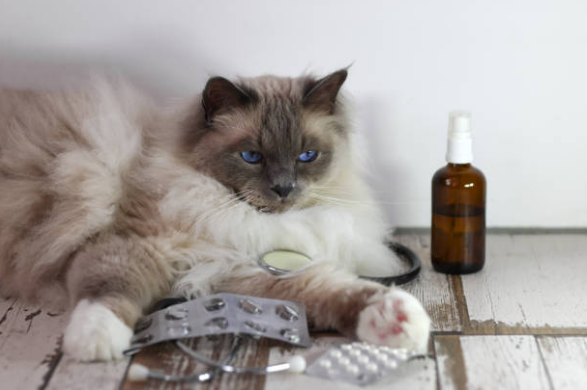
Obese felines could encounter rising liver fat storage—termed hepatic lipidosis—which becomes severe, particularly when they abruptly skip consuming food.
Surplus fat overwhelms normal liver capacity. This qualifies as a medical emergency and progresses quickly. Contact your doctor immediately if your Bombay refuses food for more than twenty-four hours.
Felines with excessive fat around their chest regions struggle to breathe, especially when active or in warm conditions. After slight activity, you might see them panting, gasping, or taking short breaths. That’s a clear sign your cat’s lungs are stressed due to fat.
Being obese can decrease a feline’s life duration—just as seen in humans. Research indicates that obese cats may live 2.5 years fewer than usual cats. Fat Bombay cats face higher odds of disease and recover more slowly from injuries or medical procedures.
Aside from physical illness, a fat Bombay may not feel joyful. Plump cats can't jump, chase toys, or climb freely, all of which bring them happiness. They might become less social or curious, rest more, and experience soreness during basic movement. That decline affects mood and connection with their owner.
The following are some indicators that your feline may be overweight:
● It is difficult to feel the ribs without applying considerable pressure.
● The waist is not visible from above.
● Sagging abdomen that sways when you move.
● Unwillingness to climb stairs or jump.
● Playing less and sleeping more.
To be sure, get your cat's weight and Body Condition Score (BCS) chart checked by a veterinarian.
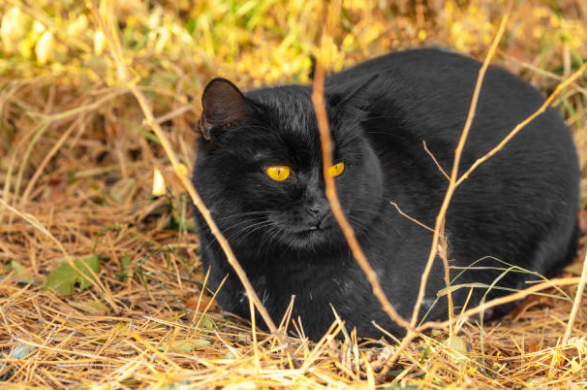
Male Bombay felines generally weigh above their female companions. Healthy mature cats typically fall between 8 and 15 pounds (3.6 to 6.8 kg). Bear in mind that physical form, stamina level, and muscular condition are equally crucial as actual weight during a wellness uation.
It's crucial to assist your feline reduce weight slowly and securely. Your cat may become ill or suffer liver damage from abrupt dieting or drastic changes.
See a veterinarian before beginning any weight-loss program. They will establish a safe weight-loss goal for your Bombay and rule out any medical conditions.
Look for reduced-carb, protein-rich formulas. "Weight management" foods provide your cat with a full feeling without adding extra calories.
Among the suggested products are:
● Hill's Science Diet Light
● Weight Care by Royal Canin
● Purina Pro Plan for Weight Loss
Alterations in your feline’s meals must consistently occur slowly to avoid digestive upset.
Serve the precise amount that your veterinarian has advised using a measuring cup. When the dish is empty, do not fill it.
Snacks mustn’t surpass 10% of the cat’s total caloric target. Break up typical treats into tinier segments or select lower-fat versions.
Promote greater movement by:
● Playing with wand toys or laser pointers can help
● Supplying tunnels or climbing trees.
● Arranging play sessions of fifteen minutes each day.
● Increase activity gradually after starting slowly.
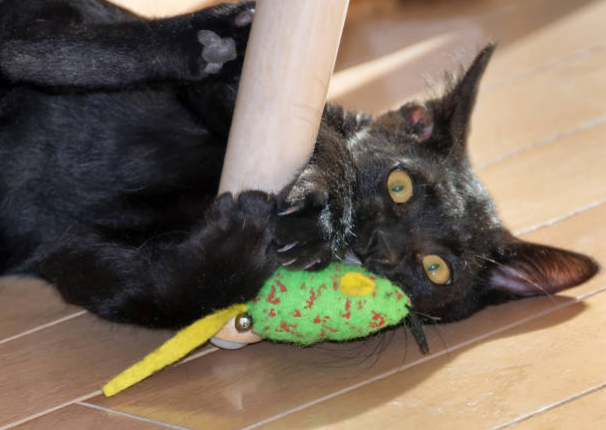
Use puzzle feeders to add interest to mealtimes. These promote physical activity and delay eating.
A cat can safely lose 1% of its body weight per week. Slow and steady wins the race; therefore, it can take your fat Bombay cat many months to reach a healthy weight. Rapid weight loss can harm your cat's liver and is risky.
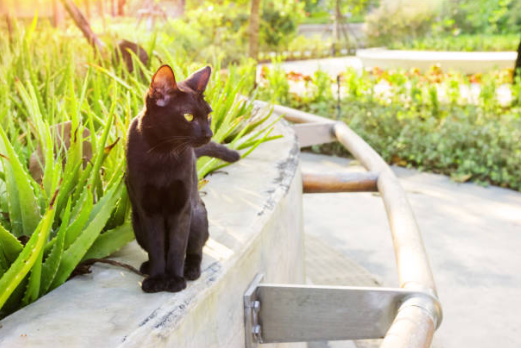
Obesity is simpler to avoid than to treat. Here are a few easy routines:
● Observe the feeding schedule.
● Steer clear of table scraps.
● Promote play every day.
● Utilize scratching posts and toys.
● Every month, weigh your feline.
Maintain a regular diet and exercise routine, particularly following spaying or neutering.
Besides cuddles, a hefty Bombay kitty needs affection, attention, and vet care. Thankfully, your companion can return to healthy shape through proper meals, playful routines, and scheduled checkups. Extra pounds put pets at risk for severe conditions.
The key to helping your companion enjoy a longer, livelier, and more fulfilling life lies in understanding why Bombay cats tend to gain excess weight—and learning how to manage it.
Tools like the WOPET automatic cat feeder can help you regulate portion sizes and feeding times, making it easier to support your cat’s healthy weight journey—even when you’re away.
Label:
Popular Post
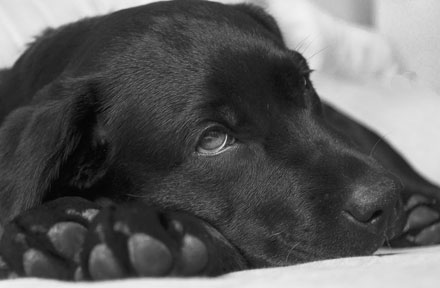
What to Feed a Sick Dog With No Appetite? [2025 Guide]
May 16, 2023
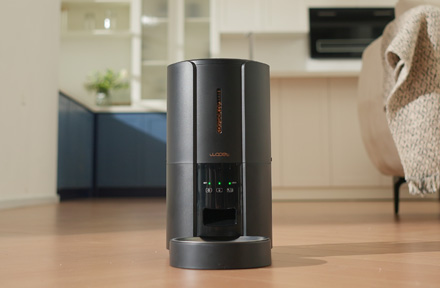
Troubleshooting Common Issues with Automatic Pet Feeders: Tips & Tricks for Pet Owners
Oct 26, 2023
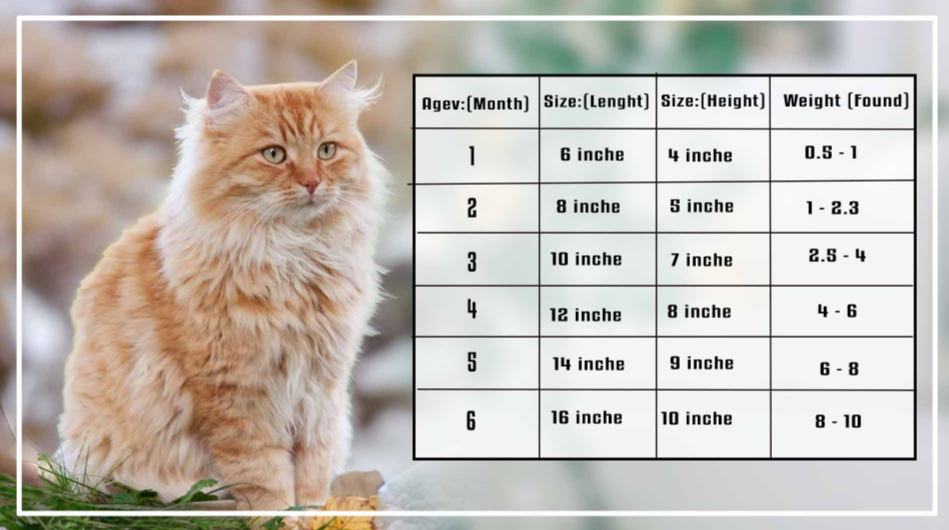
What is a standard Cat Weight chart by age Kg?
Mar 19, 2025
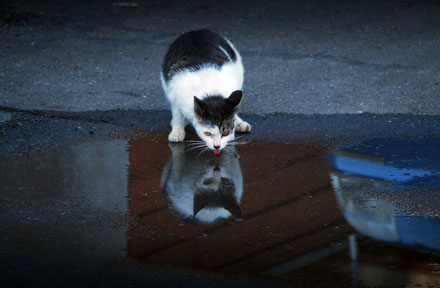
Why Does My Cat Cough After Drinking Water? 8 Potential Reasons
Mar 13, 2023
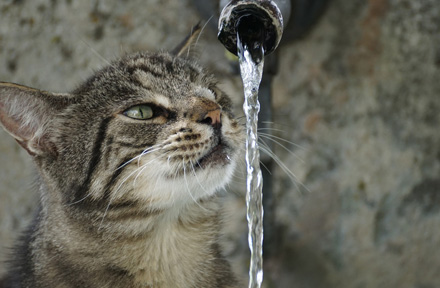
Why is My Cat Throwing up Water? Top 5 Causes Here
Feb 08, 2023
$109.99
$129.99
Copyright © 2025 WOPET. All Rights Reserved.